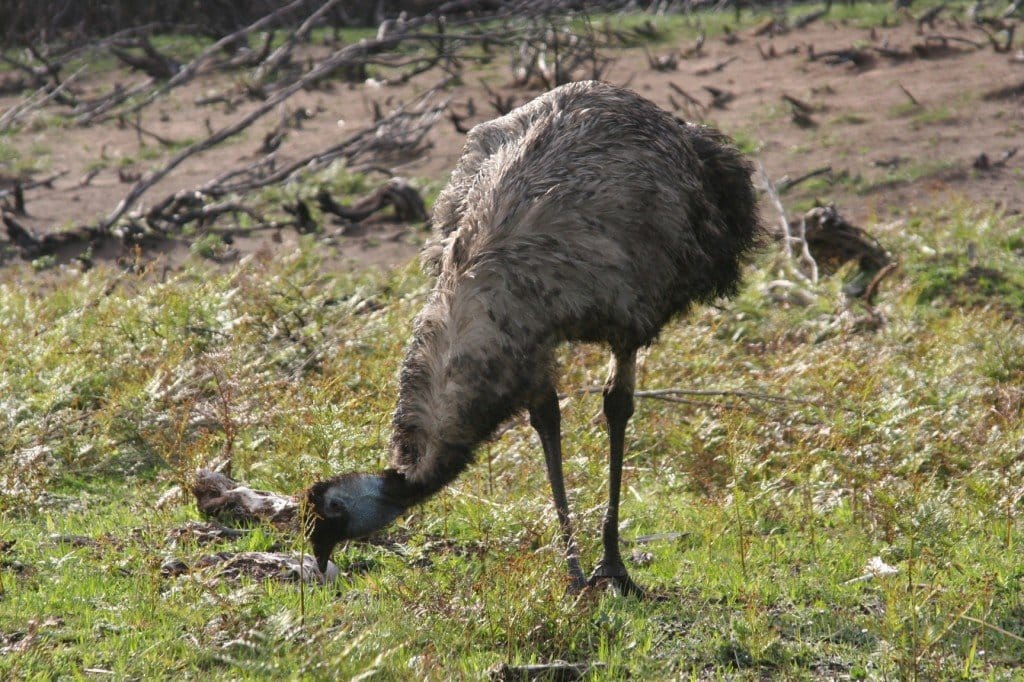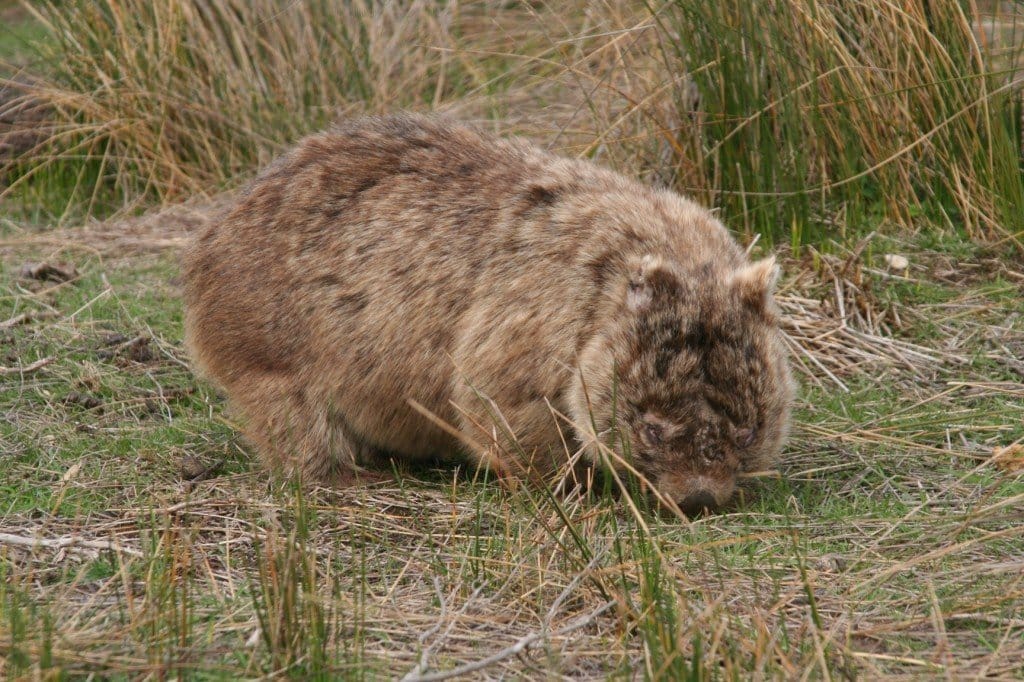I often poke fun at listers I perceive as being more interested in ticks than birds. (Listing ticks I mean, I have yet to meet a birder who is really interested in icky parasites). Not that I don’t enjoy seeing new species myself, it’s just that they are an easy target and I am nothing if not lazy and mean spirited. But there is one kind of tick that I genuinely do enjoy, and as I do more and more birding it becomes harder and harder to get; new families.
Getting entirely new families is easy when you start birding. It is also a fun aspect of birding in new countries and continents for the first time. I remember my first sunbird (Nectariniidae, seen near Carins) my first auks (Alcidae, near my parents home in North Wales), my first finfoot (Heliornithidae, in a lake in Uganda), stone-curlew (Burhinidae, same lake as it happens), wood swallow (Artamidae, on the wires near Nadi airport in Fiji), tinamou (Tinamidae, Tikal in Guatemala), sugarbird (Promeropidae, drove past one in a protea farm in South Africa, obviously), or pitta (Pittidae, on a river trail high in the hills of Vietnam). Sometimes you gain armchair big ticks, like the White-tailed Blue-flycatcher I saw in Uganda in 2005 which later turned out to be in the Stenostiridae, a recently erected family. Sometimes you may even lose them, like the aforementioned woodswallows which are probably no longer a family. But as you do more and more birding and go to more an more places it gets much harder to get new family ticks.
I got my first Emus (Dromaius novaehollandiae), family Casuariidae, in West Australia back in 2000.
There are just two left for me in the Sibley Guide to Canada and the bits of the USA that count (Hawaii need not apply) – the Olive Warbler (Peucedramidae)and the silky-flycatchers (Ptilogonatidae). I’m fairly sure the only family I’m missing in Europe is the Wallcreeper (Tichodromadidae), assuming you don’t lump it with the nuthatches. Here in New Zealand te only potential big tick would be a lost vagrant painted snipe, and we’ve already established that I don’t enjoy that kind of vagrant hunting. Last year was a decent year for me and new families, I finally knocked off three problem families for me, the broadbills (Eurylaimidae), the leafbirds (Chloropseidae) and the Bearded Reedling (Panuridae). The Long-tailed Broadbill, the last one I got, was particularly satisfying, and was my bird of the year last year. The year before I only got one, the shrike-tits (Falcunculidae), although if you include mammals also I finally got my lifer wombat (Vombatidae) too. They year before that were kiwis (Apterygidae) and diving-petrels (Pelecanoididae). At this point if I want to make any dent on the remaining families I haven’t seen I’d really need to go to either Madagascar or South America.
This particular Common Wombat (Vombatus ursinus), family Vombatidae, was the first I ever saw of the species and family.
I was thinking about this because I am currently planning my Christmas break, where I’ll be staying with family in Sydney, as well as escaping for a hot and damp week to Cairns in tropical Queensland. It’s been a long time since I was last in Cairns, and while I had fun there I wasn’t really much of birder. The only birds I recall seeing were Olive-backed Sunbirds, Red-necked Crakes, Orange-footed Scrubfowl (my first megapodes as it turns out) and Brahminy Kites (remember what I said about not really being a lister? It turns out that if you keep really sloppy notes you can go back to a site and get all the birds again as lifers a second time!). A lot of the stuff I’m really hoping to see are from families (and even species) I’ve seen before but haven’t seen in a long time (bustards, stone-curlews, jacanas, cranes, magpie-geese, pittas). But as I read about what was possible up there it occurred to me that I could also get quite a few new families. I’ve done a descent amount of birding in Australia, but there is a lot of ground to cover and a lot of species and families with quite small ranges. There is a good chance I’ll finally get my first bird-of-paradise (Paradisaeidae), boatbill (a recently split family, Machaerirhynchidae), logrunner (Orthonychidae), platypus (Ornithorhynchidae), rat-kangaroo (Hypsiprymnodontidae) and bettong (Potoridae). There is a smaller chance I could get my first owlet nightjar (Aegothelidae), Australo-Papuan babbler (Pomatostomidae) and buttonquail (Turnicidae). There is even a theoretical but frankly unlikely chance I could get a painted snipe (Rostratulidae). At any rate, there are plenty of big ticks to try for.
So, rather than this just being about me going “neanerneanerneaner I’m going to Cairns!”, what was the last new family that you got? And how far from home did you have to go to get it?















My last “family tick” was Tichodromidae, the Wallcreeper, in January 2010. I saw it not far from home, in Salzburg/Austria, 225 miles as the crow flies. But as I have mentioned in my beat writer blogposts about the experience here on 10,000 birds, it doesn’t really count because it was a nemesis species and thus completely ridiculous to get this late into the game.
Before that, it was the Least Flycatcher of the Tyrannidae that I saw in Ontario in May 2005, a bird for which I had to travel 4,150 miles onto another continent (Europe to North America).
Good question, Duncan. I’m happy to say that I finally added a member of the Puffbird family, in this case the White-whiskered Puffbird, to my lifelist just last month. I had to travel to Carara National Park in Costa Rica to do finally see what had become a nemesis family for me.
FYI, Costa Rica has two lovely silky-flycatchers, though I missed them both!
For me it was the Alcidae with a Common Murre at Machias Seal Island in June of 2009. That’s according to my official life list. Technically, I saw Alcids with my ex wife in 2004, but I wasn’t a birdwatcher then and I’ve gotten a new (birding) wife, so the life list was started at zero in 2007. If we’re going to count old sightings, it would be Sulidae with a Northern Gannet (actually 5,633 of them) at Cape St. Mary’s, Newfoundland, in July 2009.
My last family tick was Alaudidae, with a Horned Lark that I saw in December 2007. I was thinking it might have been Calcariidae, with the Lapland Longspur I saw this January, but then I saw that Snow Bunting is in the same family. At this point, I think it would be hard for me to pick up new family ticks without a lot of traveling.
Speaking of ticks, I was morbidly excited to get bitten by a lone star tick for the first time this May since it meant that I’d finally been bitten by all three of New Jersey’s tick species. I’d previously been bitten by dog ticks and deer ticks.
My last family is whatever family Wrentit is currently placed in, Sylviidae I think, this past August in California. I was 2600 miles from home, in the middle of a 4000+ mile roadtrip. I got a few other new families on that trip too – Peucedramide, Remizidae, and Aegethalidae at least.
My latest family tick was Grallariidae (antpitta), which came on a recent trip to Peru. Also new on that trip was Thamnophilidae (antbirds). Prior to that, a trip to Chile brought several new families, as well as 2 new orders (Sphenisciformes and Phoenicopteriformes), which are becoming even more difficult to get.
I ticked Conopophagidae (Gnateaters) with Slaty Gnateater on Manu Road, Peru in August. That was the last of several new families for me on that trip, my favorite probably being Psophiidae (Trumpeters).
Painted Snipe are everywhere at the moment! Seriously you do have a good chance, better than any year for years. They have even been beside the roads in puddles, so keep an eye out!
http://bird-o.com/2011/11/17/australian-painted-snip/
Good Luck!!
Our most recent family was Hoopoe and we drove 30 kms to see it-4 people in a vehicle! Still got people flying up here to see it as it is still here, but they do put the effort in to see the Semipalmated Plover while they are here, as also a first for Australia!
http://birding-aus.org/?p=17671
More help to get you your Painted Snipe In Sydney!
This question turned out to be harder to answer than I thought it would be. None of the new species I’ve seen over the past couple years were from new families. I think I have to go back to the Little Penguins I saw in Australia in 2009 to find my last new family of birds.
I have to say I’m jealous of you for getting to go to Cairns. I spent just enough time there to really, really want to go back.
@ John – my love of wildlife and animals evaporates the minute ticks are involved. They are like demonic spiders, a group I am hard pressed to like in the first place.
@ Shawn – I only have four orders left I think, The Seriemas, Hoatzin, Cuckoo-roller and Kagu/Sunbittern.
@ Clare – I guess I’ll give it a go then!
@ Katrina – Have I inspired you to find a doable family near you?
You’ve inspired me to want to find a new family near me. Unfortunately, I can’t imagine what it would be. Unless I’m totally forgetting something, I’d have to go at least 1,000 miles to get to someplace where a member of a new family lives. (I live on the east coast of North America. Texas, California, and Alaska have members of families I haven’t seen, but they’re all a long way away.) That’s what comes of spending thirty-odd years birding in the same general area. I can’t even think of a stray that might be reasonably likely to show up here that would belong to a new family. I’ll have to settle for the occasional new species. A Northern Wheatear showed up an hour away earlier this fall and that was nice.
@ Katrina – Seeing as you’re from Eastern NA, Muscicapidae (the wheatear) wasn’t a new family?
@ Nick – If my understanding of current classifications is correct I saw a couple of Muscicapidae when I was in Japan – Daurian Redstart and Siberian Bluechat. Japan is another place I’d love to go back to. Spending a week there with non-birders was just short of torture. To see birds, I ended up going out wandering around alone while everyone else slept in the morning, something I was informed was just not normally done by western women.
Penguins, two Humboldt Penguins in Peru last fall.
My last new family was from 4 years ago, a Highland Tinamou (Tinamidae) in Monteverde, Costa Rica, in July of 2007.